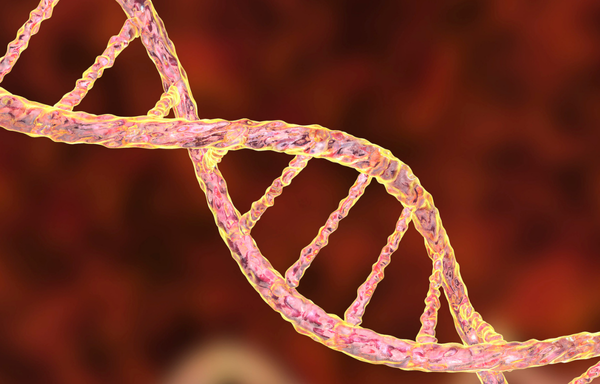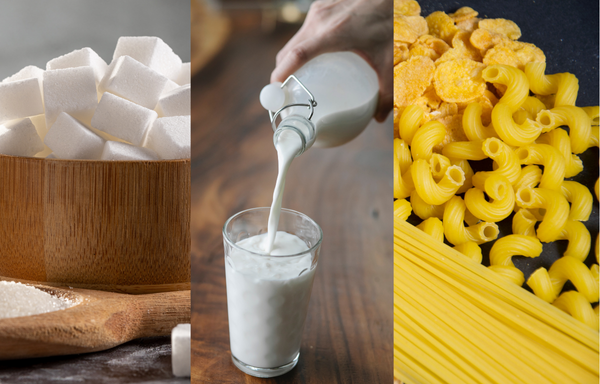

Let’s Talk Fermentation: How It Lowers the Insulin Response to Greek Yogurt and Aged Cheese
Dairy is one of the most misunderstood food groups when it comes to insulin. Some studies say it’s “metabolically protective.” Others show it spikes insulin like crazy. So what’s the deal?
Let’s break it down. Because the type of dairy matters. A lot.
Remember, the biological purpose of milk is simple: to grow a baby mammal. That means it’s naturally designed to:
- Promote fat storage
- Stimulate cell growth
- Support rapid weight gain
- Build muscle and bone mass
To do this, milk sends a very strong metabolic message: grow.
And that “grow” message is delivered through two key hormones:
-
Insulin, which shuttles nutrients into cells and stores fat
-
IGF-1 (Insulin-like Growth Factor 1), which stimulates cell division and growth
Here’s the kicker: milk doesn’t just stimulate these hormones—it actually contains them. Milk contains measurable levels of insulin and IGF-1, because those hormones are meant to act directly on the infant consuming it. So when you drink milk, you’re not just triggering your own insulin—you’re absorbing additional insulin and IGF-1 from the milk itself.
How Milk Spikes Insulin: It’s Not the Lactose
Most people assume milk spikes insulin because of the lactose (milk sugar). But that’s not actually the main issue.
Even lactose-free milk or plain yogurt, with minimal lactose, causes a strong insulin response. That’s because the true insulin spike comes from the proteins in milk—specifically whey and casein.
These proteins are rich in branched-chain amino acids (BCAAs)—especially leucine, which has a direct and powerful effect on insulin secretion.
BCAAs—leucine, isoleucine, and valine—are amino acids that strongly stimulate the pancreas to release insulin. This effect is most pronounced with leucine, which has been shown to significantly increase insulin levels even in the absence of carbohydrates.
That’s why whey protein spikes insulin so dramatically—it’s extremely high in leucine and other BCAAs. And casein, though slower-digesting, still delivers a decent hit of insulin, especially when unfermented.
So when you consume milk or whey protein powder, you’re not just getting nutrients—you’re getting a powerful insulin and growth signal your body has no choice but to respond to.
Why Greek Yogurt and Aged Cheese Are Different (and Approved on Lilli)
Not all dairy acts the same in your body. Greek yogurt and aged cheeses like cheddar, parmesan, or gouda are much lower in insulin impact—and here’s why:
- Whey is completely removed during their processing.
- Casein is fermented by bacteria, which transforms the BCAAs
That means the most insulin-stimulating part of milk—whey—is gone, and the remaining protein has been metabolically altered in a way that reduces the insulin response.
So while milk and whey protein send a loud “grow and store fat” message, fermented dairy like Greek yogurt or cheese sends a much quieter one—and is far more insulin-friendly.
How Fermentation Changes BCAAs (and Why That Matters)
During fermentation, beneficial bacteria like Lactobacillus and Bifidobacterium release enzymes that begin to break down the casein protein—including its BCAAs.
Here’s what happens:
-
Proteases and peptidases chop the proteins into smaller peptides and individual amino acids.
-
BCAAs like leucine and isoleucine are further metabolized into branched-chain keto acids, such as:
-
- α-Ketoisocaproate (KIC) from leucine
- α-Keto-β-methylvalerate from isoleucine
- α-Ketoisovalerate from valine
These metabolites are no longer insulin secretagogues—meaning they don’t trigger your pancreas to release insulin the way intact BCAAs do. They’ve been structurally changed and now behave more like metabolic intermediates than growth signals.
Bottom Line
Milk was made to grow babies—not adults. So if you’re following a Low Insulin Lifestyle, it’s not that all dairy is off limits—it’s that some forms of dairy are metabolically supportive, and others are metabolically disruptive.
And now you know the difference.
References
Daniel N, et al. Gut microbiota and fermentation-derived branched chain hydroxy acids mediate health benefits of yogurt consumption in obese mice. Nat Commun. 2022. Read more
Ostman EM, et al. Inconsistency between glycemic and insulinemic responses to regular and fermented milk products. Am J Clin Nutr. 2001. Read more






















